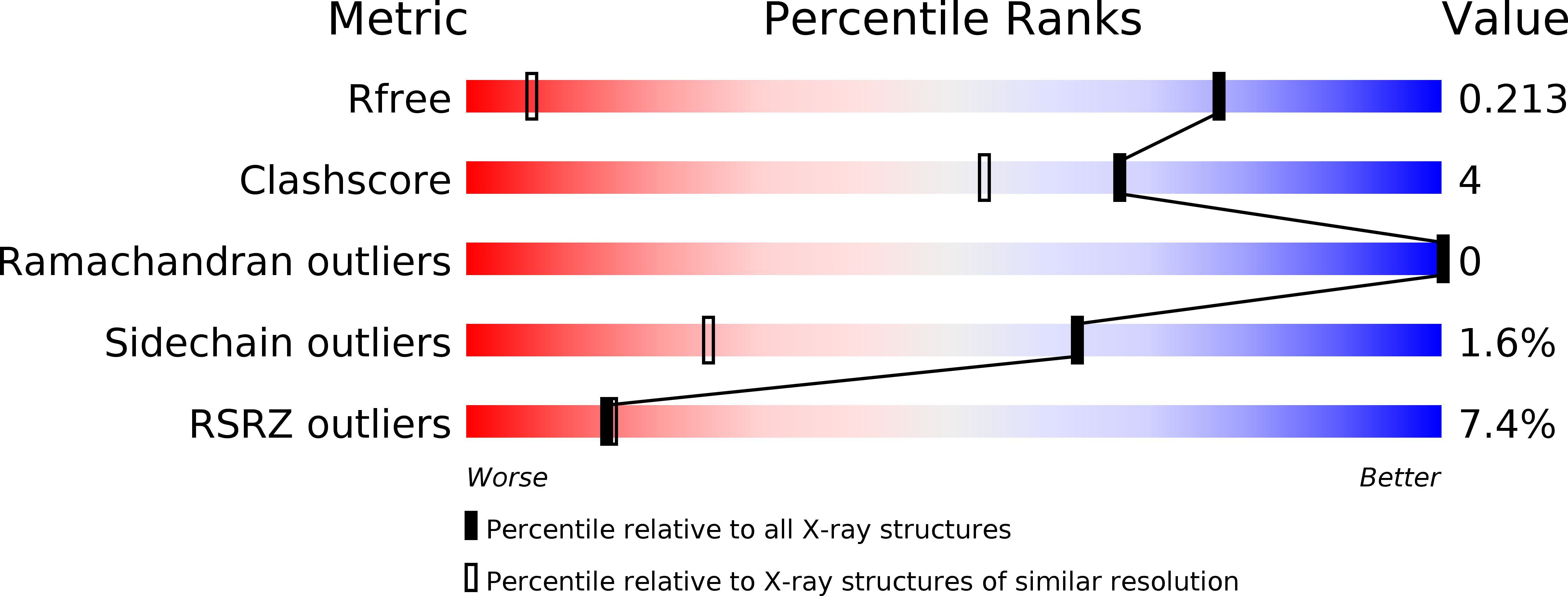
Deposition Date
2003-09-22
Release Date
2003-11-11
Last Version Date
2024-10-30
Entry Detail
PDB ID:
1R0R
Keywords:
Title:
1.1 Angstrom Resolution Structure of the Complex Between the Protein Inhibitor, OMTKY3, and the Serine Protease, Subtilisin Carlsberg
Biological Source:
Source Organism:
Bacillus licheniformis (Taxon ID: 1402)
Meleagris gallopavo (Taxon ID: 9103)
Meleagris gallopavo (Taxon ID: 9103)
Method Details:
Experimental Method:
Resolution:
1.10 Å
R-Value Free:
0.18
R-Value Work:
0.15
R-Value Observed:
0.15
Space Group:
C 2 2 21


